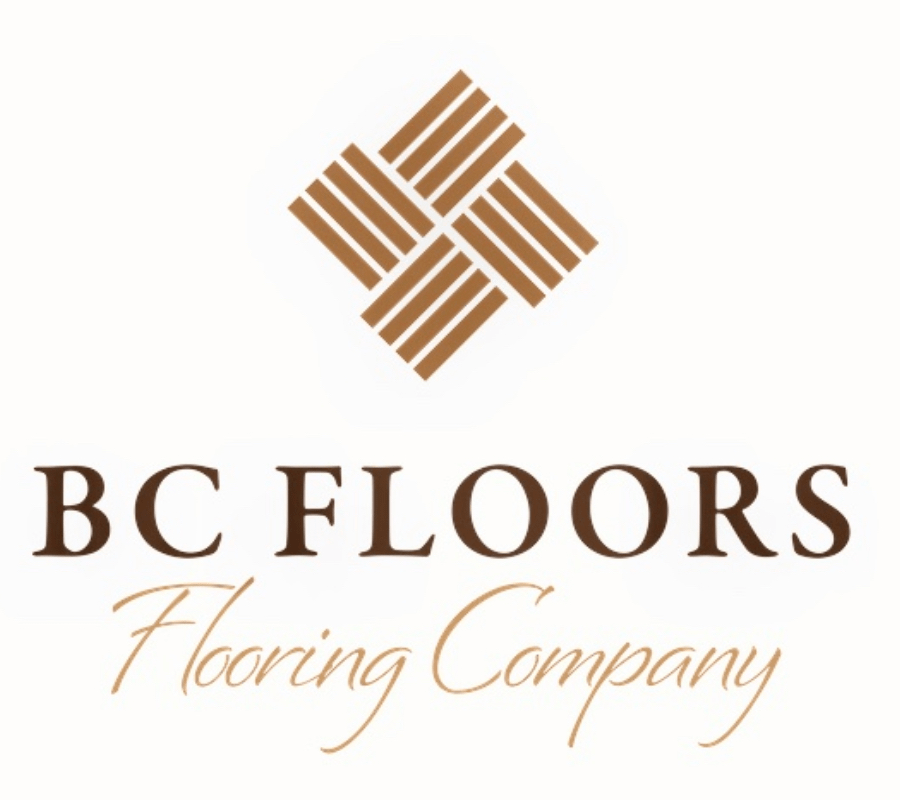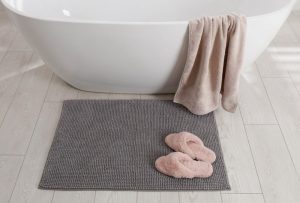Selecting the right flooring for your bathroom requires careful consideration of multiple factors, including moisture resistance, durability, and maintenance requirements. This comprehensive guide explores the best type of flooring for bathroom applications, ensuring you make an informed decision.
1. Porcelain Tiles: The Premium Choice
Porcelain tiles represent the gold standard in bathroom flooring. These tiles are crafted from fine porcelain clay and fired at extremely high temperatures, typically exceeding 2,300 degrees Fahrenheit. This intensive manufacturing process creates an exceptionally dense and impervious material with a water absorption rate of less than 0.5%.
Modern porcelain tiles offer remarkable versatility in design. Advanced manufacturing techniques allow for the creation of tiles that perfectly mimic natural materials, from marble to hardwood, while providing superior water resistance. These tiles can maintain their appearance for up to 20 years when properly maintained.
A significant advantage of porcelain tiles lies in their through-body composition, meaning the colour and pattern extend throughout the tile rather than just on the surface. This feature ensures that even if chips occur, they remain less noticeable. Research indicates that properly installed porcelain tile floors can withstand up to 450 pounds of breaking strength per tile. When choosing the best bathroom flooring, consider key tile factors to make an informed decision.
2. Natural Stone: Timeless Elegance
Natural stone flooring brings unparalleled character to bathroom spaces. Each stone piece tells its own geological story, formed over millions of years. Common bathroom-suitable options include granite, marble, and limestone.
Granite, composed primarily of quartz and feldspar, exhibits exceptional durability with a Mohs hardness rating of 6-7 out of 10. This crystalline structure provides natural slip resistance when properly finished. Scientific studies have shown that sealed granite can resist water absorption for up to 12 months before requiring resealing.
Marble, particularly Carrara and Calacatta varieties, contains high concentrations of calcite, giving it that distinctive luxurious appearance. When properly sealed, marble can maintain its luster for 10–15 years. The natural veining patterns in marble result from mineral deposits during its metamorphic formation process, making each piece uniquely beautiful. This makes natural stone another excellent choice as the best type of flooring for bathroom renovations.
3. Luxury Vinyl Tiles (LVT): Modern Innovation
Luxury Vinyl Tiles represent a technological breakthrough in flooring materials. These tiles typically consist of multiple layers, including a heavy-duty wear layer, a high-resolution photographic layer, and a robust core layer. Premium LVT products feature wear layers up to 28 mils thick, providing exceptional protection against daily wear.
Recent advancements in manufacturing have produced 100% waterproof LVT options, utilizing enhanced core materials that prevent water damage even after 24-hour exposure. The latest generation of LVT incorporates antimicrobial properties directly into the wear layer, with laboratory tests showing up to 99.9% reduction in bacterial growth.
Modern LVT products also feature sophisticated embossing techniques that create realistic texture patterns matching the visual design. These floors can maintain their appearance for 10–20 years, depending on usage patterns and maintenance routines. For small bathrooms, it’s essential to choose flooring solutions that are both space-efficient and durable, offering a combination of style and functionality.
4. Cement-Based Tiles: Contemporary Sophistication
Cement-based tiles, including both traditional encaustic tiles and modern interpretations, offer unique design possibilities for bathroom spaces. These tiles are manufactured using a combination of Portland cement, marble powder, and natural pigments, creating deeply saturated colours that persist throughout the tile’s thickness.
The manufacturing process involves compression under approximately 2,000 pounds of pressure, resulting in extremely dense tiles with excellent wear characteristics. These tiles typically feature a compression strength of 3,500-5,000 PSI (pounds per square inch), making them highly durable for bathroom applications.
Modern cement tiles incorporate advanced sealants that penetrate up to 3–5 millimetres into the tile surface, providing exceptional moisture protection while maintaining the material’s natural appearance. When properly maintained, these tiles can last for several decades, with many historic installations surviving over 100 years.
5. Sheet Vinyl: Practical Innovation
Sheet vinyl flooring has evolved significantly from its early days. Contemporary sheet vinyl utilizes advanced manufacturing processes to create seamless, waterproof surfaces ideal for bathroom environments. Premium products feature wear layers up to 40 mils thick, offering exceptional durability.
Modern sheet vinyl incorporates fibreglass reinforcement layers that prevent expansion and contraction due to temperature changes. This stability ensures long-term performance in bathroom environments. The latest products feature enhanced urethane wear layers that resist staining and maintain their appearance even with regular exposure to common bathroom chemicals.
Research indicates that quality sheet vinyl can maintain its appearance and performance characteristics for 15–20 years in residential applications. The material’s inherent flexibility allows for installation over various subfloors while maintaining perfect waterproofing capabilities.
Installation and Maintenance Considerations
Proper installation plays a crucial role in the performance of any bathroom flooring. Industry standards recommend maintaining a bathroom temperature between 65–80 degrees Fahrenheit during installation for optimal results. The subfloor must have a moisture content below 12% for most flooring types to ensure proper adhesion and prevent future issues.
Professional installation typically requires specific preparation steps, including ensuring the subfloor has less than 3/16 inch deviation over 10 feet to prevent installation problems. Proper moisture barriers and waterproofing membranes extend the life of bathroom flooring significantly.
Regular maintenance using appropriate cleaning products helps maintain the appearance and functionality of bathroom flooring. Most modern flooring options benefit from pH-neutral cleaners that remove dirt and bacteria without damaging protective surfaces or sealants.
Summary
The selection of bathroom flooring represents a significant investment in both the functionality and aesthetic appeal of your space. Each of these five options offers distinct advantages, backed by scientific research and real-world performance data. Understanding the characteristics and maintenance requirements of each option ensures a successful long-term investment in your bathroom flooring. Consulting with a professional flooring expert can also help you make the best choice tailored to your specific needs, ensuring both durability and style in your bathroom design.

